EE to Upgrade 2,000 UK Rural Areas to Extend 4G Cover by 2024

Mobile operator EE (BT) has this morning announced plans to upgrade over 2,000 network sites by June 2024 to help extend 4G coverage (voice and mobile broadband) into rural parts of the UK and to significantly reduce partial not-spots, which forms part of their commitment under the £1bn Shared Rural Network (SRN) project.
The SRN is an industry-led scheme – supported by a public investment of £500m and £530m from operators – that aims to extend geographic 4G mobile coverage to 95% of the UK by the end of 2025 (it may also help the 5G rollout). The scheme essentially involves both the reciprocal sharing of existing masts in certain areas and the demand-led building and sharing of new masts in others between the operators.
We should clarify here that the 95% SRN target is only when service is available from at least one operator, while the UK coverage forecast for SRN completion for all operators (i.e. geographic areas where you’ll be able to take 4G from all four operators) is actually just 84% at the end of 2025.
Advertisement
The coverage targets also vary between the regions, with Scotland’s vast swathes of rugged rural terrain ensuring they see the weakest outcome of any country within the UK.
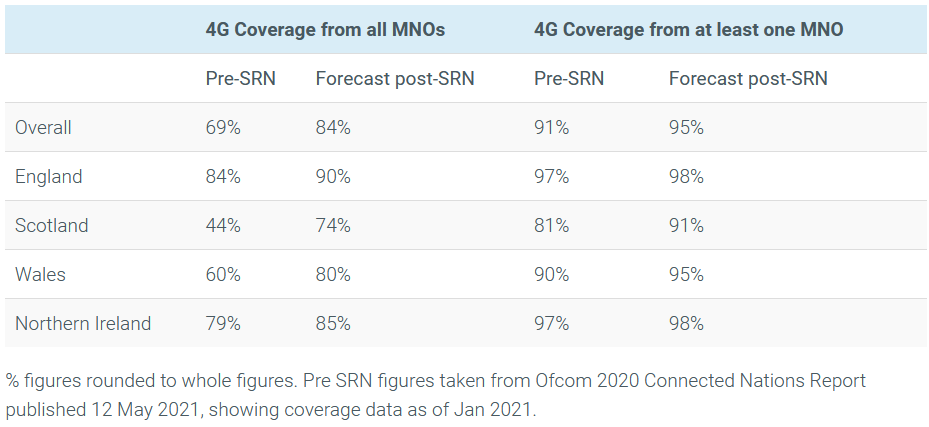
The SRN finally got underway in February 2021, after it was announced that O2 (VMO2), Vodafone and Three UK had reached an agreement to both build and share 222 new 4G mobile masts as part of Phase One (here). Shortly after that, EE confirmed that they’d tackle “partial not-spots” (here) by expanding 4G coverage across another 579 rural areas during 2021 (333 in England, 132 in Scotland, 76 in Wales, and 38 in Northern Ireland).
EE has so far upgraded a total 853 areas since the SRN was signed, which includes 449 sites in England, 265 in Scotland, 97 in Wales, and 42 in Northern Ireland. Today, EE has pledged to extend 4G in a further 1,532 areas by June 2024 (925 in England, 359 in Scotland, 125 in Northern Ireland, and 123 in Wales) – totalling 2,385 in this phase of the programme. “All sites have been made available for other operators to share under the SRN scheme,” said the operator.
Advertisement
Julia Lopez MP, Digital Infrastructure Minister, said:
“We know the incredible impact better connectivity will have on countryside communities. That’s why we struck a £1 billion deal, jointly funded by the government and mobile firms, to bring fast and reliable 4G mobile coverage to 95 per cent of the UK.
EE’s plans show good progress and will increase choice for consumers and boost productivity in rural areas. We will continue to work closely with them to close down further gaps in rural mobile signal.”
Philip Jansen, CEO of BT Group, said:
“Today we’ve made a renewed commitment to boost rural connectivity, helping improve mobile performance regardless of location. The investment BT has made in rural areas means we have the infrastructure in place to extend our 4G coverage footprint even further, minimising the number of new sites we need to build to ensure everyone has access to reliable connectivity. EE is still the only provider of 4G coverage in many places across the UK, and we encourage other operators to recognise the opportunity sharing our sites offers to fill gaps in their networks.”
All of this will hopefully be supported by the Government’s Mobile Planning Reforms in England, while Wales, Scotland and N.Ireland will have to set their own rules. This is important because, in the past, similar programmes of rural mast building have tended to run into some problems with cost, supply (power, fibre etc.), access (wayleaves) and local opposition to related planning applications for new infrastructure.
The government are also busy running a consultation with the telecoms industry to identify any existing infrastructure which could be utilised to help end total not spots. It wants to reduce the need to build new phone masts and help make sure public funds are used effectively.
We expect that Vodafone, O2 and Three UK will follow today’s announcement, at some point in the not-too-distant future, with confirmation of the next phase of their own work under the SRN.
Mark is a professional technology writer, IT consultant and computer engineer from Dorset (England), he also founded ISPreview in 1999 and enjoys analysing the latest telecoms and broadband developments. Find me on X (Twitter), Mastodon, Facebook, BlueSky, Threads.net and Linkedin.
« TNP Win Full Fibre WAN Contract for Service and Support in Trafford





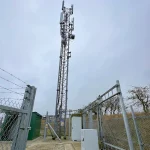


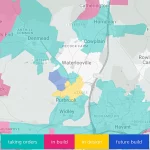

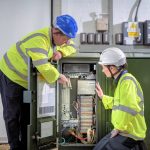



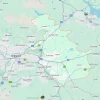







































Are they planning to do anything about the not spots that they say have good coverage as part of this? Ofcom say I get good 4g signal with all providers in my house but I just don’t – EE and three just about work slowly but vodafone has no signal and O2 doesn’t work with data. Even if I leave my house (70s brick built – no stone!) I only see 8mbps on a good day from EE/three. Its all well and good concentrating on known not spots but there needs to be some way to complain about not spots down to dodgy OFCOM data (I’ve looked but couldn’t find any way to complain.)
I am not aware of any surveying, Ofcom published what the providers publish and therefore theoretical. If you do not have a good signal then expecting indoor connectivity is probably too much. Even if it is 70s many have metal frames, metal lintel supports and of course wiring and galvanised protection.
The only solution really is WIFI calling phones over fixed broadband or external 4G Router or Antenna.
In my view the priority should be outdoor and capacity. But yes Ofcom should do more regarding exaggerated coverage claims and specify a minimum effective signal level.
Thanks for responding. Sorry it just something that has been bad for years and doesn’t seem to change. We’ve had energy providers come to fit smart meters – take one signal strength reading and state it won’t work and leave (and the meter is in 15 year old extension). Its just frustrating when you live in a small town, the FTTC is rubbish and the 4g is even more poor. What hope does anyone have if the OFCOM data is garbage from the start?
Odd, have you checked cellmapper.net?
A lot of people just assume mobile signals work by magic, but you might need to be a bit strategic about it. Knowing where your local mast is, the 4G/5G frequencies supported, plus which way to point your antennas, are an absolute blessing. Even if that info says “put your antenna 10m higher on a pole”.
It’s not just rugged terrain in Scotland that causes poor mobile coverage, Even in our local towns and villages coverage is poor due to mast location and the seemingly large gaps between them.
It seems that locations were more aimed at the best coverage along the main road routes and everything else is a bonus.
EE Have a planning application approved to upgrade our nearest mast to a 30m high one, hopefully that will help a little, but bottom line is without another mast between cullen and keith coverage is always going to be intermittent, low population density wont help the business case mind you.
In villages it tends to be the fact they can’t get building permission half the time, it’s actually quite lucky they permission for that 30m tower, that should improve coverage by a large margin especially with the improved long range spectrum access they have, normally the towers are 16-20m tall so the extra metres help with roof clearance.
We’ve had 8 metre high telegraph poles rejected next to real telegraph poles, I suspect it was the Health nonsense by stealth which have stopped them not visual impact, there is a small vocal minority which are always out whipping up hysteria and confronting landowners to stop masts being built, high-quality outdoor would be nice, but the Nimby element have put pay to that.
On 8th of December on this site there was an article about the switch off of 2G and 3G, with the following:
“ For example, EE plans to retire older 3G (this currently represents just 2% of data traffic over their network) by the end of 2023.”
So if EE turn off 3G by the end of 2023, does that mean some of these -2000 locations that are due to get (upgraded/new) 4G coverage by the end of June 2024 likely to face a period where they have no 3G, and are waiting to be updated to get 4G?
And is there an exact list of the mast locations (town/village name) that are in todays announced “plans to upgrade over 2,000 network sites by June 2024”?
And for that matter, is there an exact list of the sites that “EE has so far upgraded a total 853 areas since the SRN was signed, which includes 449 sites in England, 265 in Scotland, 97 in Wales, and 42 in Northern Ireland”?
Because I’d like to know if where I am, and the places I visit, are in the “already upgraded” or “to be upgrade by June 2024”, or not, along with if the sites are “shared SRN” or not.
The open signal app has some good coverage maps from real data. If you use it your results help add to the map.
This sort of crowd sourced data must be useful to network operators. However it does, in my case, confirm that often I struggle to get 2G coverage let alone 3G or 4G at home borne out by the orange cluster around our street. This despite the mobile provider’s map says I should be bathed in 4G.
hqttps://play.google.com/store/apps/details?id=com.staircase3.opensignal
The problem I’ve found with opensignal is that you can’t distinguish between an area that hasn’t been visited and one where there’s no signal.
Is there any way to tell the difference between the two? It means that effectively opensignal maps can’t be used to identify no signal.
Round here I suspect a lot of areas off the main roads have not been visited – but also I know there are many many pockets of no signal where terrain and trees block it.
Does this include all the Home Office ESN / EAS masts which EE will be operating from ??